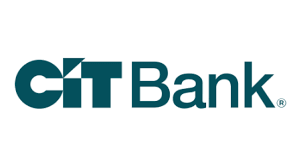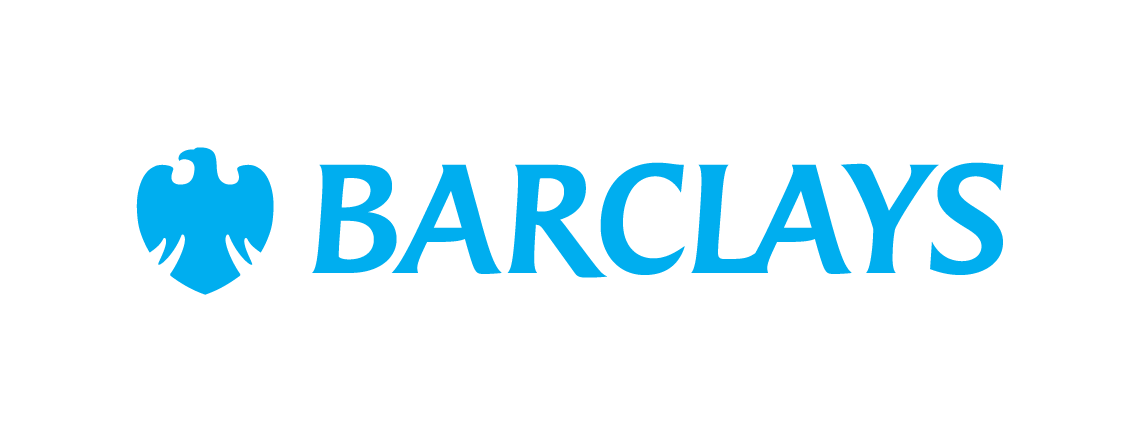The Days of the 5.00% APY CD Are Over: 3 Places to Put Your Money Now
KEY POINTS
- High-yield savings accounts are a good option if liquidity is a priority, but expect interest rates to drop more over time.
- CDs rates may be down, but there's still time to lock in above-average rates if you act quickly.
- Retirement and/or taxable brokerage accounts may be your best option for long-term savings.
Savers were lucky enough to enjoy certificate of deposit (CD) rates at or near 5.00% APY for over a year. It was a small silver lining amid painfully high inflation. But now inflation is cooling, and those high CD rates are slowly starting to disappear.
It's disappointing for those who were hoping to lock in a high rate for the long term, but you still have a lot of great options left. Here are three to consider right now.
1. High-yield savings accounts
High-yield savings accounts are also seeing rates fall, just like CDs. This could get worse over time. The Fed is likely to cut interest rates further, and since savings accounts have variable interest rates, they can rise or fall from month to month. This isn't great news if you hope to secure a high rate.
But savings accounts have one significant advantage over other types of accounts: liquidity. If you want easy access to your cash, savings accounts are tough to beat. CDs impose early withdrawal penalties equal to several months of interest payments. And if you invest your emergency fund or short-term savings, there's a chance you'll have to sell at a loss to get the cash you need on time.
Our Picks for the Best High-Yield Savings Accounts of 2025
| Product | APY | Min. to Earn | |

American Express® High Yield Savings Account
Member FDIC.
APY
3.70%
Rate info
3.70% annual percentage yield as of April 25, 2025. Terms apply.
Min. to earn
$0
Open Account for American Express® High Yield Savings Account
On American Express's Secure Website. |
3.70%
Rate info
3.70% annual percentage yield as of April 25, 2025. Terms apply.
|
$0
|
Open Account for American Express® High Yield Savings Account
On American Express's Secure Website. |

CIT Platinum Savings
Member FDIC.
APY
4.10% APY for balances of $5,000 or more
Rate info
4.10% APY for balances of $5,000 or more; otherwise, 0.25% APY
Min. to earn
$100 to open account, $5,000+ for max APY
Open Account for CIT Platinum Savings
On CIT's Secure Website. |
4.10% APY for balances of $5,000 or more
Rate info
4.10% APY for balances of $5,000 or more; otherwise, 0.25% APY
|
$100 to open account, $5,000+ for max APY
|
Open Account for CIT Platinum Savings
On CIT's Secure Website. |

Barclays Tiered Savings
Member FDIC.
APY
4.10%
Rate info
Balances less than $250,000 earn 4.10%, and balances greater than $250,000 earn 4.30%.
Min. to earn
$0
Open Account for Barclays Tiered Savings
On Barclays' Secure Website. |
4.10%
Rate info
Balances less than $250,000 earn 4.10%, and balances greater than $250,000 earn 4.30%.
|
$0
|
Open Account for Barclays Tiered Savings
On Barclays' Secure Website. |
While there's no way to know how much you could earn on your savings account over the next few years, you can at least lock in an above-average rate by going with a high-yield savings account from an online bank. Even amid the lowest points during the pandemic, these banks still offered around 0.30% APY, while many brick-and-mortar banks offered just 0.01%.
2. CDs
It's still fine to invest in CDs if you want to secure a high interest rate right now. You probably won't find 5.00% APYs, but there are still plenty offering rates between 4.00% and 4.50%. You might want to change your CD strategy, though.
While inflation was so high, short-term CDs had the highest rates. That's not the norm. Now, we're starting to see a return to the more traditional pattern where long-term CDs pay more in interest. Choosing a long-term CD now, even if the rate is still slightly lower than what short-term CDs are offering, could pay you more in interest overall.
Of course, you also have to consider how comfortable you are locking your money away. Short-term CDs might be a better fit if you don't want to give up access to your cash for too long. You could also try building a CD ladder, where you spread your savings across several CDs with different term lengths. This helps you take advantage of higher rates on longer CDs while still giving you access to some of your cash periodically.
3. Brokerage or retirement accounts
Investing is the best way to grow your money over the long term. If you have cash you don't plan to spend in the next five to seven years, it's worth setting that money aside in a taxable brokerage account or retirement account. There is a risk of loss associated with this, but there's also a good chance that you'll increase your net worth over time.
Retirement accounts are a good option for most people because they offer valuable tax breaks. However, once you put money into a retirement account, you'll generally face a 10% early withdrawal penalty if you try to take it out again before you reach age 59 1/2. There are also annual contribution limits on how much you can set aside in each type of retirement account.
Taxable brokerage accounts don't have these limitations. You can invest as much as you want in whatever you want and withdraw the funds at any time. This makes them a good fit for people who want a little more flexibility. However, you won't get the same tax breaks you would with a retirement account.
It's also fine to spread your money between several of the account types mentioned here. Consider your priorities -- liquidity or a high APY -- and think about when you plan to use your cash to determine which accounts suit you best.
Our Research Expert
We're firm believers in the Golden Rule, which is why editorial opinions are ours alone and have not been previously reviewed, approved, or endorsed by included advertisers. Motley Fool Money does not cover all offers on the market. Motley Fool Money is 100% owned and operated by The Motley Fool. Our knowledgeable team of personal finance editors and analysts are employed by The Motley Fool and held to the same set of publishing standards and editorial integrity while maintaining professional separation from the analysts and editors on other Motley Fool brands. Terms may apply to offers listed on this page. APYs are subject to change at any time without notice.
